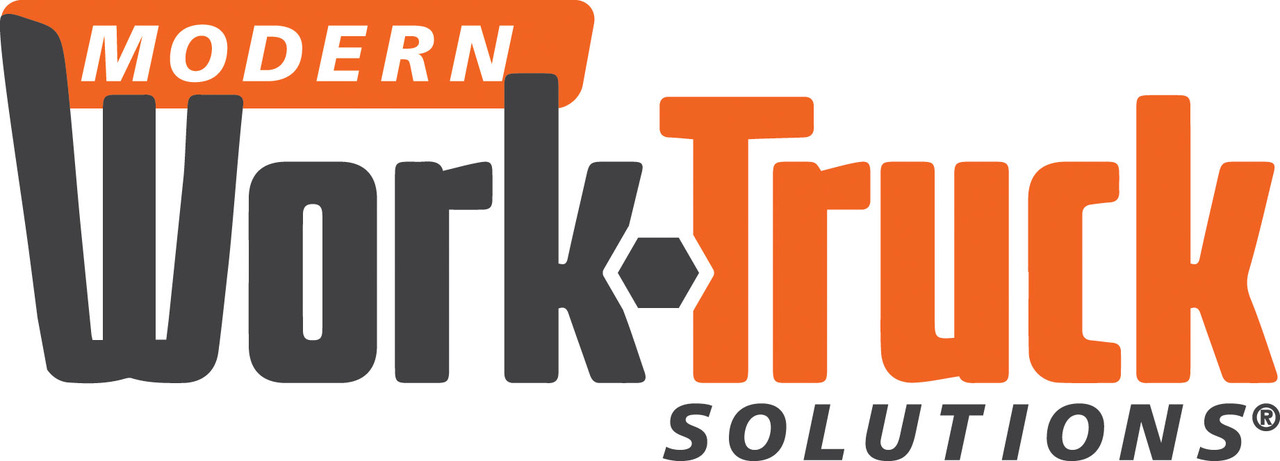The fundamental business strategy of minimizing costs and maximizing efficiency is especially critical for those who rely on their commercial vehicles to fuel their success, particularly those in the various trade industries – plumbing, electrical, HVAC, and construction. Whether it is sourcing the right vehicles, securing appropriate funding options, coordinating upfitting, or simply maintaining vehicles, small business owners face a variety of challenges when operating a commercial fleet – and this is in addition to all the other aspects of running a successful business.
With that in mind, most small businesses can benefit greatly from a streamlined approach to fleet management that minimizes your administrative burden and allows you to focus on strategic initiatives that help your business thrive.
To begin to simplify the complexities typically associated with operating a small commercial fleet, it is often helpful to examine each stage of the vehicle’s lifecycle. To help you embrace a holistic mindset to run a productive and profitable fleet, here are several key factors to consider across each phase of the vehicle’s lifecycle – buy, drive, service, and sell.
BUY: SOURCE THE RIGHT VEHICLES
For most small business owners, acquiring the right vehicle is often the first and most significant step in building a fleet. For vocational businesses, your vehicles are essential to generating revenue and transporting tools, equipment, and workers to various job sites. Whether it is sales vehicles, work trucks, commercial vans, or other specialty units, finding the right model that fits both operational needs and budget constraints is essential. It’s not just about choosing a vehicle; it’s about making smart decisions that will support efficiency and growth.
Your priority should be to identify models and upfit/equipment packages that meet the specific needs of your business. Determining the right type of vehicle and installing the equipment your employees need to get the job done will help to ensure that your fleet (and employees) can function at its highest potential.
Once you’ve identified the proper vehicles and upfit packages, we recommend evaluating the total cost of ownership (TCO) over the entire life of the vehicle. This TCO analysis should account for the cost of the vehicle and any necessary equipment as well as depreciation, insurance, fuel, and maintenance cost to make an informed decision that aligns with your company’s long-term goals.
You’ll also want to adhere to a strict replacement schedule for your vehicles. This allows small business operators to better prepare for upcoming replacement needs, forecast your budget accordingly, and be more proactive in your acquisition process. This is especially important for industries such as construction where vehicles operate in tough conditions and incur above-average wear. When small fleet operators are reactive rather than proactive, it often leads to paying more than necessary for a vehicle or settling for a unit that may not be the best fit for a particular role.
BUY: EXPLORE FLEXIBLE FUNDING OPTIONS
Small businesses typically operate on an extremely tight budget, and you need to find the proper balance of using your limited financial resources to maintain business operations, hire and retain employees, and grow your business. As you look to acquire new vehicles, you’re likely to face financial challenges, especially with fluctuating cash flow or limited capital.
Holman, typically advises customers to explore a variety of funding options to ensure the process of acquiring vehicles doesn’t disrupt or hinder their business’ financial stability. For a small business operator who is trying to navigate cash flow constraints or limited capital, the best option is often to explore, and embrace, leasing.
Historically, many small businesses opt to purchase vehicles outright, which can result in significant upfront costs while also tying up capital in a depreciating asset. When you lease your vehicles, you’re able to capitalize on the expense of the chassis, upfitting, and equipment to consolidate these costs into one monthly payment that spreads these costs over the entire term, allowing you to acquire the vehicles your business needs with little to no upfront out-of-pocket costs.
Leasing is an incredibly effective way for small business owners, particularly those in the numerous trade industries, to maximize the use of their available capital. Leasing helps you preserve your available capital, allowing you to allocate it to other areas of your business such as purchasing materials, expanding your workforce, managing payroll, and marketing.
Leasing also allows you to acquire newer, more reliable vehicles that may otherwise be out of your price range, or additional units that will help your business grow. Leasing can provide tax advantages for small business owners as well. Lease payments are considered operating expenses and can be deducted from taxable income, helping to lower the business’ overall tax liability.
Fleet management providers can offer small businesses flexible open-end lease options. An open-end lease comes with no mileage restrictions or damage penalties, allowing you to pay for only the lifespan of the vehicle you use while also maintaining flexibility to adjust to changes in your business.
DRIVE: MAXIMIZE EFFICIENCY ON THE ROAD
Once you’ve acquired the right vehicle, leveraging the funding solution that best aligns with your business, the next step is to ensure they are driven efficiently and safely.
Without question, fuel costs are among the largest, most unavoidable line items in your operating budget. To better control this expense, consider using a fuel card to not only simplify transaction management but also provide real-time fuel data that can help to reduce costs. By analyzing fuel data, you can monitor consumption, track spending, and pinpoint opportunities to improve efficiency. This insight allows you to address inefficient driving habits and potential fraudulent use to lower costs.
Beyond fuel efficiency, you’ll also want to optimize vehicle usage, driver performance, and route planning. By using telematics, you can monitor driver behavior, track vehicle location, and optimize routes which not only improves efficiency, it can also reduce wear and tear, ultimately lowering operating costs and extending the vehicle’s lifespan. Also consider investing in driver training programs to improve performance, minimize costly accidents, and reduce insurance premiums.
SERVICE: PREDICT AND PREVENT
A well-maintained fleet is key to avoiding costly breakdowns, maximizing reliability, and ensuring vehicles remain in top operating condition for as long as possible. However, small business owners often struggle to stay on top of maintenance schedules due to the day-to-day demands of running a business.
A strategic preventative maintenance (PM) program is a critical aspect of effective fleet management that should not be overlooked. Rather than getting stuck in the traditional “break-and-fix” model, embrace a “predict-and-prevent” mindset. Adhering to recommended PM schedules – oil changes, tire rotations, brake inspections, and other routine services – helps minimize operating costs by mitigating the risk of expensive, unforeseen repairs later in a vehicle’s lifecycle. Additionally, completing PMs in a timely manner reduces vehicle downtime. If your vehicles incur extended downtime, it can significantly hinder business operations, impacting your ability to service customers and generate revenue.
This underscores the importance of leveraging a fleet maintenance program and strategic partnerships to easily track your vehicles’ service needs and complete PM services in a timely manner. These maintenance programs use mileage data to proactively notify drivers (and/or other personnel) when a vehicle is due for service. This allows you to plan for upcoming repairs and work this downtime into the vehicle’s schedule rather than waiting for the check engine light to come on or for one of your drivers to break down on the side of the road.
SELL: OPTIMIZE RESALE VALUE
As your business continues to grow and your vehicle needs evolve, it is important to have a strategy in place to replace and sell your older vehicles. Additionally, when you’re able to maximize your vehicles’ resale value, you’re better able to control, and reduce, your TCO.
Key to an effective liquidation or remarketing strategy is knowing precisely when to sell a vehicle to maximize its resale value while also avoiding costly repairs at the tail-end of its lifecycle. This is where having a strategic fleet management partner can be extremely beneficial.
Not only can your fleet management partner help you identify when to retire vehicles from service; they can also help you assess market conditions and determine the optimal liquidation strategy that aligns with the needs of your business. Whether you sell your vehicles through direct sales, trade-ins, or at an auction, understanding the various options will allow you to receive the best possible return on your investment.
STRATEGIC PARTNERSHIP TO STREAMLINE FLEET MANAGEMENT
Managing a small commercial fleet is a complex undertaking that involves numerous moving parts, from purchasing and driving to maintaining and selling vehicles. However, by implementing an efficient fleet management strategy, business owners can reduce their administrative burden, lower costs, and maximize productivity. With expert advice and resources, small business owners can better navigate these challenges and focus their efforts on growing their business.
for more information
Dave Nemerofsky is the manager, small business solutions at Holman, who’s division offers a simplified approach to fleet management, streamlining vehicle sourcing, funding, upfitting, and ongoing management. To learn more, visit www.holman.com/small-business-solutions.




